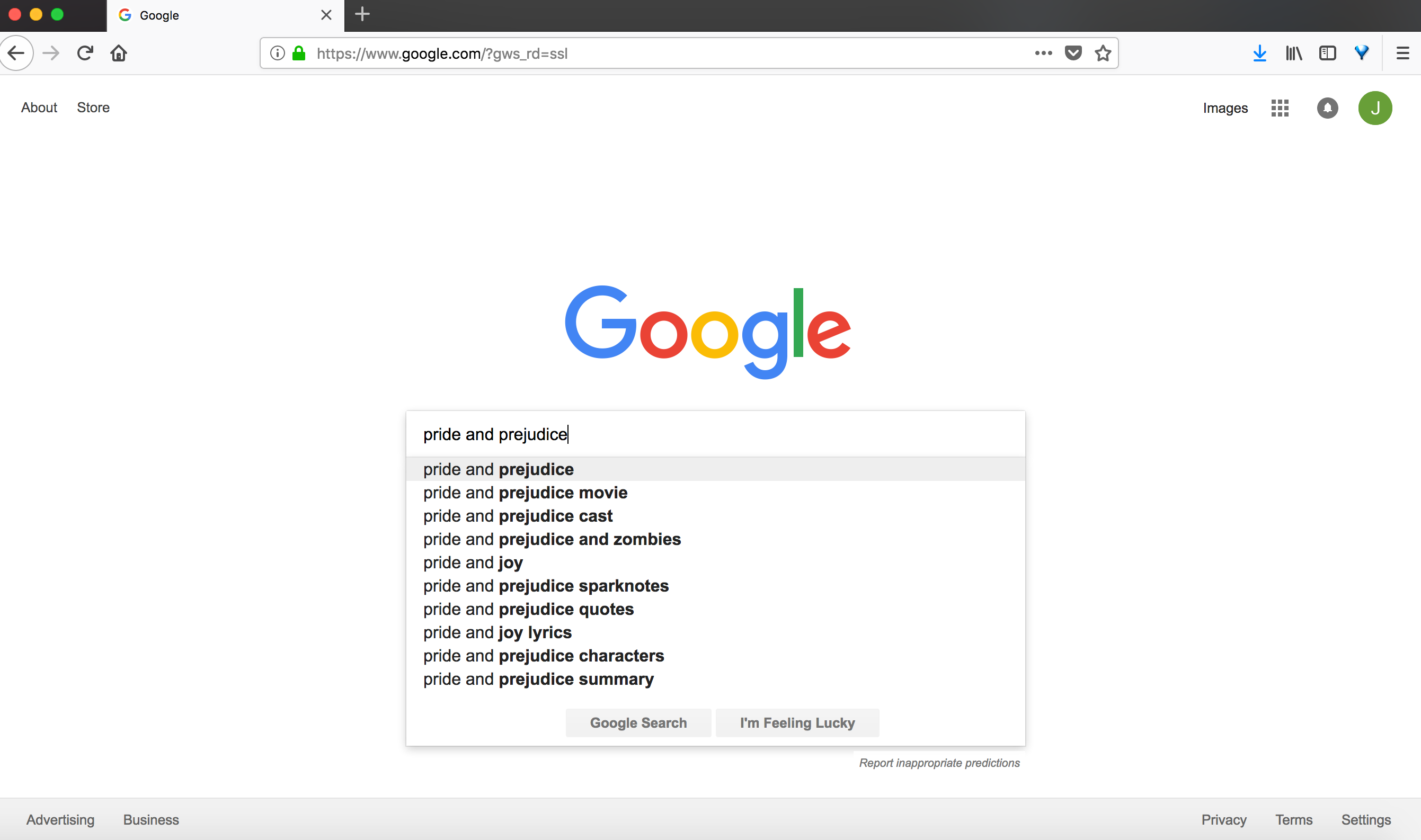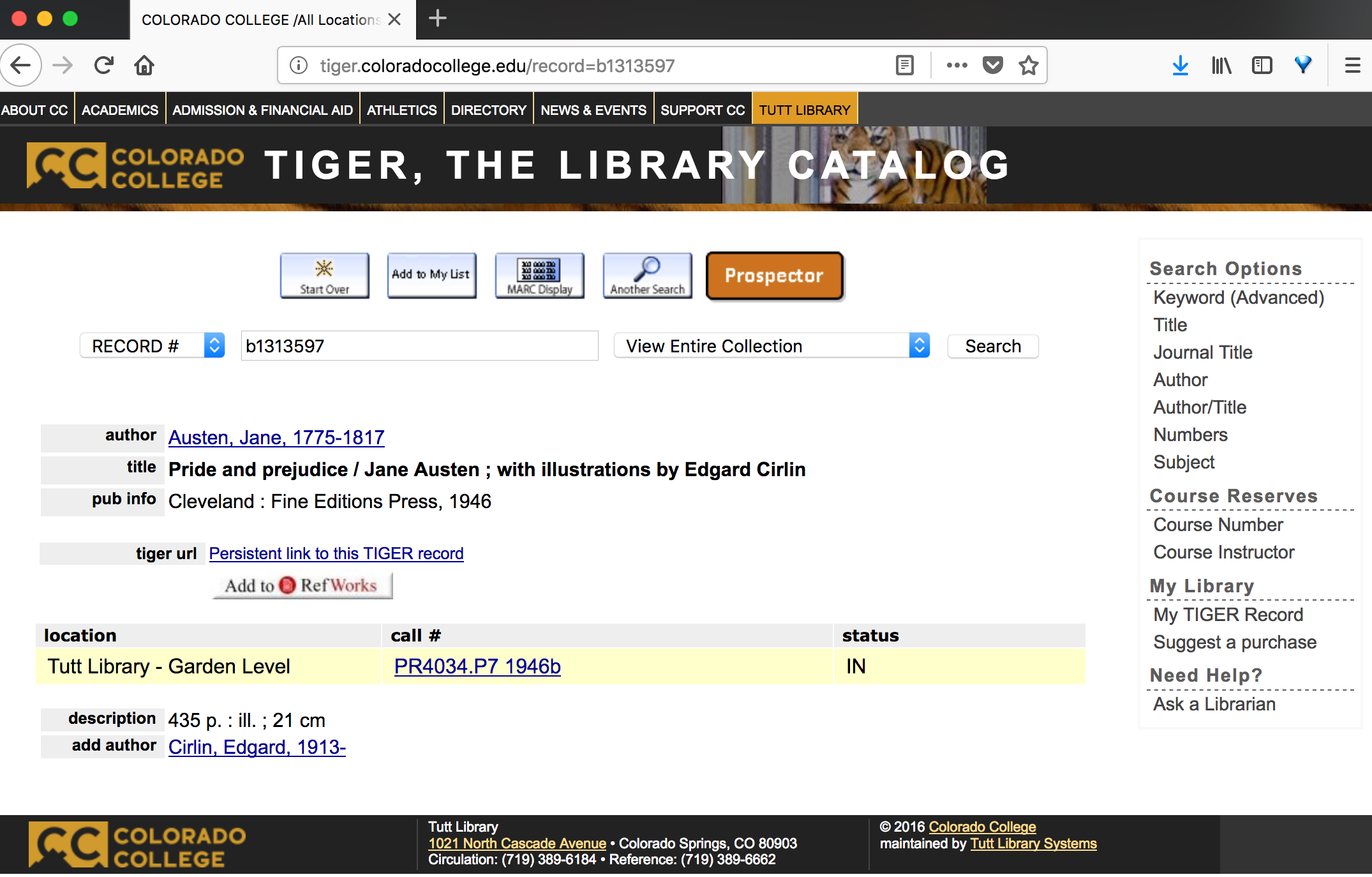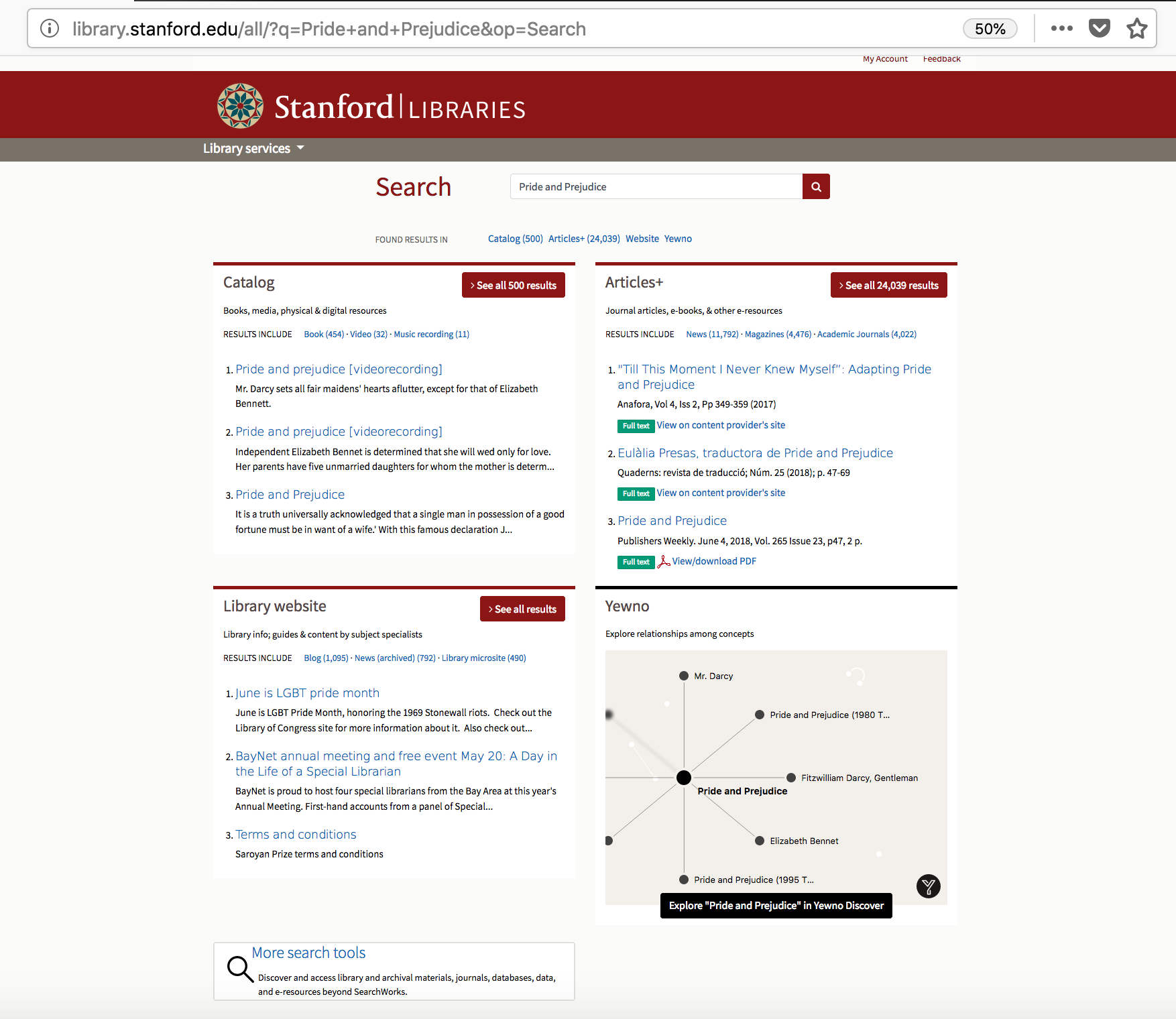World Web Web
From it's beginnings on a CERN desktop computer, the World Web Web (WWW) impact on all levels of society has been profound and libraries are still reacting to the introduction of websites, the availablity of information, and important to library systems, user expectations surrounding functionality and interface norms.
Amazon, Google, and Wikipedia
Both Amazon (founded in 1994) and Google (founded in 1998) heavily influnce the expectations of library technology users. Amazon's display of books search results and detailed page views using such user interface conventions as facets to filter results, all impacted the design of library technologies. Google contextual searching was different from the access-points based search of library ILS and provided better search results for many queries that are difficult to replicate in the ILS.
The ongoing success of Wikipedia as a resource built with user-contributed content, forced libraries to reconsider their traditional roles as information gatekeepers.
Amazon Search and Product Pages

Google Search




